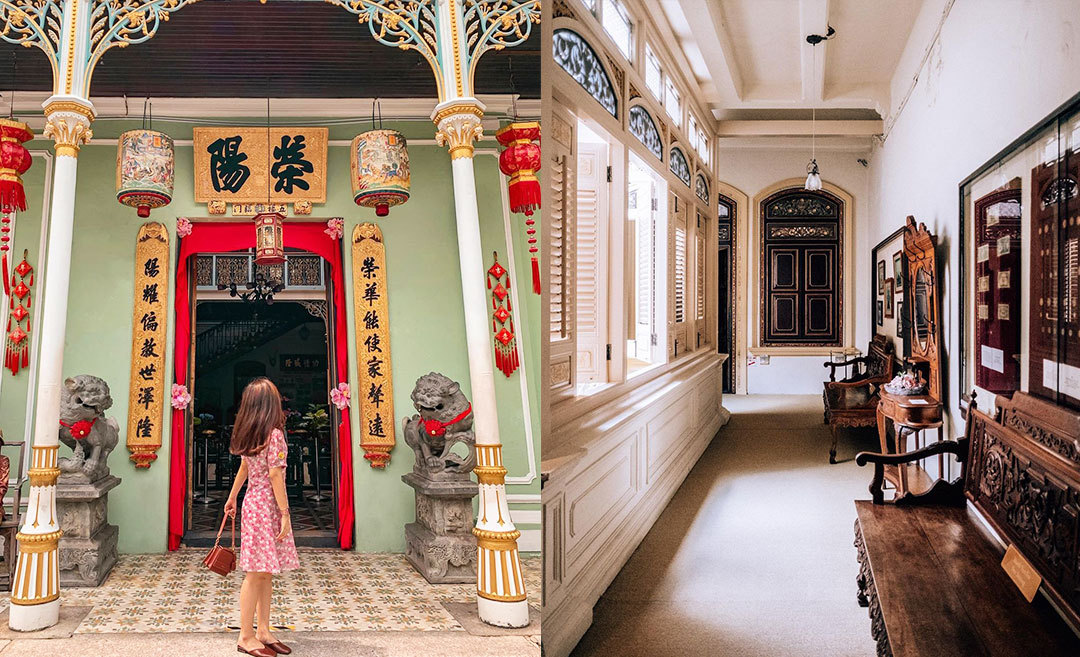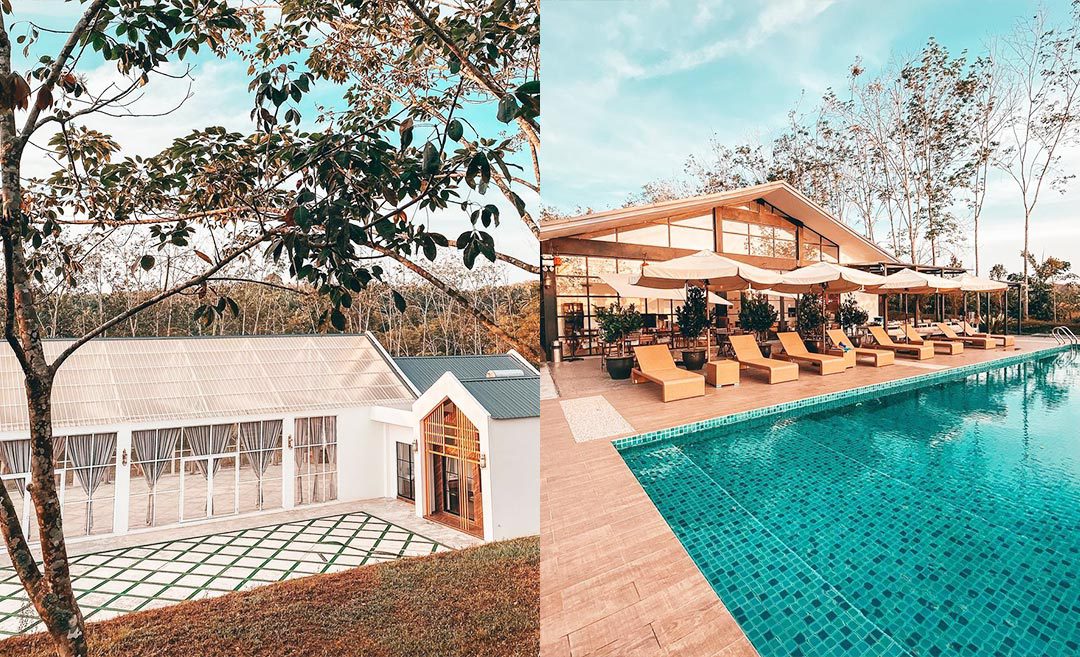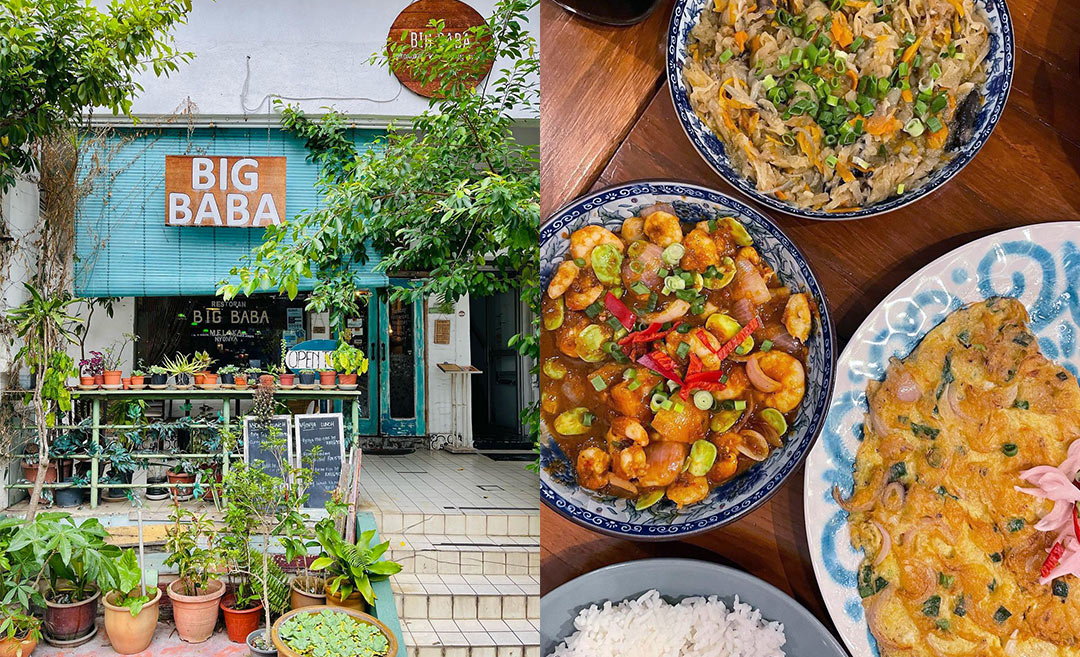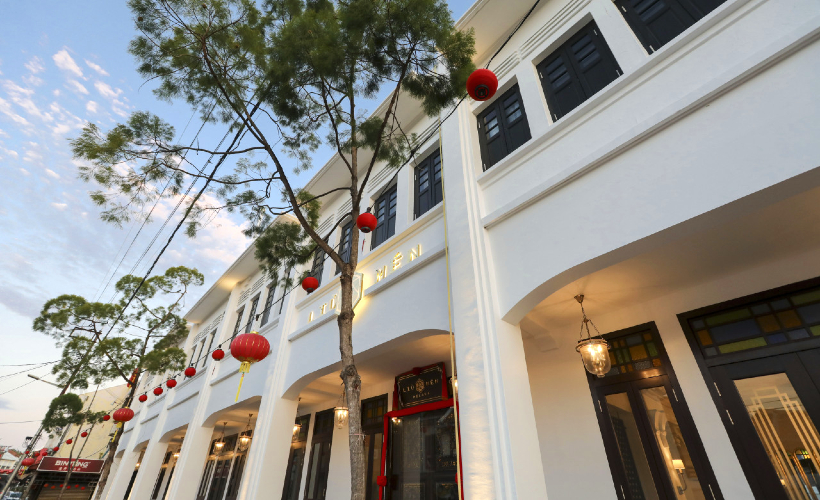Wandering about Malaysia’s megacities or even when exploring her smaller towns, it’s plain to see that the country has a rich multicultural background. Over generations, Malaysia’s identity has become a cultural mosaic that includes the Baba Nyonyas and Peranakan Chinese. Between the 14th and 19th centuries, early Chinese immigrants travelled to Southeast Asia and wedded local women, leading to the emergence of a distinctive Sino-Malay hybrid culture.
Their legacy can still be observed today in the unique customs, attire, and cuisine of the Straits Settlements of Melaka, Penang, and Singapore. But while their food and attire remain relatively well-known, numerous things make the people and their culture unique. Here are some of them.
Who run the world? Girls!
Besides their unique beauty, one of the most admirable traits of Nyonya women is their business-savvy minds. They frequently operate lucrative establishments such as restaurants, textile shops, and pawnshops. In addition to having strong financial judgement, they are known to be competent in the money-lending sector.
They can dance, they can jive, having the time of their lives
With so many unique cultural facets of the Baba-Nyonya and Peranakan Chinese cultures, it’s hard to pick one favourite one. But one that definitely stands out is their traditional Peranakan dance (also known as tarian bakul sia).
This unique display of arts and culture sees performers dancing in beautiful traditional clothing with props like handkerchiefs and bakul sia. The baskets that are made of wood, bamboo, or rattan symbolises prosperity and are usually black, red, and gold in colour.
Baba-Nyonya culture will leave you in stitches
Unbeknownst to you or not, embroidery is deeply ingrained in the Baba-Nyonya culture, as seen in a lot of their traditional clothing. This elaborate needlework is used and seen, not just in the clothes on their backs, but also in decorative items in their home and even furniture pieces. Meticulous precision and bright colours help define the embroidery work, which frequently boasts intricate and beautiful floral patterns.
When two become one
The Baba-Malay dialect, sometimes referred to as Baba-Nyonya Malay or Peranakan Malay, is another fascinating aspect of the culture. The unique hybrid of the Malay language, together with the Hokkien words, made a dialect all their own! It was said that settlers picked up the language through listening as opposed to actually learning from books.
Music makes people come together
Much like having their own dialect and food, the Baba-Nyonya also have their own musical instrument, known as serunai. The serunai is a double-reed wind instrument resembling an oboe and works very similarly to a clarinet. Traditionally, this unique musical instrument is played during weddings and other celebratory events.
A special pot for special occasions
The kamcheng is a colourful porcelain pot that was regarded as valuable to the Baba-Nyonya culture despite how TV series and movies have portrayed it as being casually used.
When translated from Hokkien, kamcheng means ‘covered jar’. An apt name, since it’s a pot with an accompanying lid. Often embellished in striking colours, they grace Baba-Nyonya homes and tables during special occasions.
No ordinary gender reveal
In the designs found in Baba-Nyonya household items, men are often represented by creatures like the phoenix, whereas plants, particularly the peony flower, represent women. The patterns can be found on vases, beds, stools, and other traditional utensils.
Most of the time, vivid colours are used, and the ancient Chinese are the designs’ source of inspiration. People previously regarded animal designs as extremely valuable — almost like a monarchy emblem.
As a result, patterns featuring animals, such as roosters and phoenixes, were extremely rare and expensive. Mainly because they were used frequently by the monarch and royal families and were difficult to export to the general public.
Interested to learn more? Visit these cultural gems.
Pinang Peranakan Mansion, Penang
To give visitors a sense of the affluent lifestyle lived by the Baba-Nyonyas and their diverse customs and traditions, the Pinang Peranakan Mansion was reconstructed from a state of neglect into its former glory. Expect over a thousand items from the era on display at this Baba-Nyoya museum to marvel at.
Address: 29 Church Street, 10200 George Town, Penang
Operating hours: Daily, 9:30am to 5pm
Baba & Nyonya Heritage Museum
Melaka, a World UNESCO Heritage Site, is home to the Baba & Nyonya Heritage Museum. The Chan family purchased three terrace lots back in 1861, which were combined to create the mansion. Before it became a museum in March 1985, the house was home to four generations.
Wander through the colourful home of Baba Chan Cheng Siew (1865 to 1919), whose taste provides a look into the culture’s richness and the extravagance that was popular in many Peranakan homes prior to World War II. The museum is still run by the family today.
Address: 48-50, Jalan Tun Tan Cheng Lock, 75200 Melaka
Operating hours: Tuesday to Sunday, 10am to 5pm; Closed on Mondays




